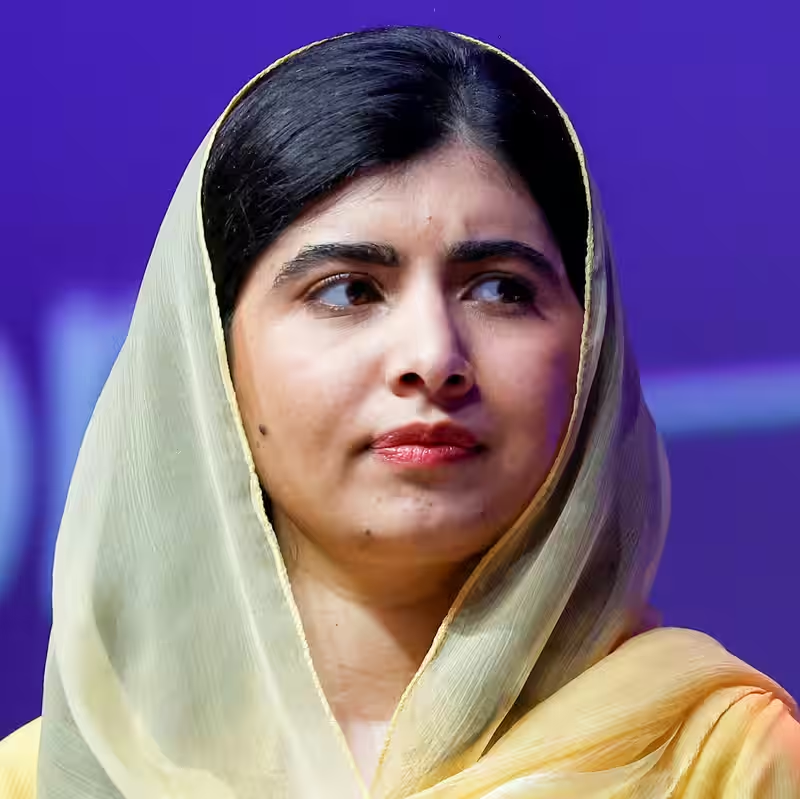Table of Contents
- The Glitter of the Nobel Peace Prize
- History Shows Limited Impact
- When the Prize Did Make a Difference
- Why Symbolism Often Outweighs Substance
- The 2025 Peace Prize in Context
- What Could Make the Prize More Effective?
- Sources
The Glitter of the Nobel Peace Prize
Every October, the world pauses as the Nobel Peace Prize is announced. Headlines light up. Social media erupts in praise. World leaders issue statements. For a fleeting moment, a cause—often long ignored—steps into the global spotlight.
But then? Silence.
Despite its prestige, the Nobel Peace Prize rarely translates into lasting political change, policy reform, or systemic justice. More often, it functions as a moral endorsement rather than a catalyst for action.
History Shows Limited Impact
Since its inception in 1901, the Nobel Committee has awarded the Peace Prize to 140 individuals and organizations. Many recipients were courageous activists—like Liu Xiaobo, Aung San Suu Kyi, or Malala Yousafzai—who faced repression, exile, or even death.
Yet in numerous cases, the award did little to alter the realities on the ground:
- Liu Xiaobo (2010): Awarded while imprisoned in China; died in custody in 2017 with no political liberalization in sight.
- Aung San Suu Kyi (1991): Once a global symbol of democracy, later criticized for defending Myanmar’s military during the Rohingya genocide.
- Denis Mukwege (2018): A heroic doctor treating rape victims in Congo—but sexual violence in the region persists at alarming rates.
When the Prize Did Make a Difference
There are exceptions. The prize has occasionally amplified movements at pivotal moments:
- Nelson Mandela and F.W. de Klerk (1993): Their joint award helped legitimize South Africa’s transition from apartheid.
- International Campaign to Ban Landmines (1997): The award accelerated global treaties; over 160 countries later banned anti-personnel mines.
- Barack Obama (2009): Though controversial, it elevated diplomacy as a foreign policy tool early in his presidency.
But these successes are the exception—not the rule.
Why Symbolism Often Outweighs Substance
The Nobel Peace Prize is inherently symbolic. It lacks enforcement power, funding mechanisms, or policy leverage. Recipients gain visibility—but not necessarily influence.
Moreover, the selection process is opaque and sometimes politically charged. Critics argue the committee often rewards Western-friendly narratives while overlooking grassroots changemakers in the Global South.
And in today’s fragmented media landscape, even a Nobel announcement struggles to hold public attention beyond a news cycle.
The 2025 Peace Prize in Context
While the 2025 laureate has drawn global praise, early analysis suggests a familiar pattern: strong moral messaging, but uncertain practical outcomes. Without sustained international pressure, diplomatic backing, or financial support, even the most deserving honorees may see their momentum fade.
As one longtime UN diplomat put it: “The Nobel Peace Prize is a megaphone—but someone still has to speak, and someone else has to listen.”
What Could Make the Prize More Effective?
Experts suggest reforms to boost real-world impact:
- Pair the award with actionable funding—like a dedicated UN or EU implementation grant.
- Coordinate with global institutions to turn recognition into policy dialogue.
- Highlight collective movements, not just individuals, to avoid “savior” narratives.
- Follow up annually on laureates’ progress to maintain accountability.
Until then, the Nobel Peace Prize will remain what it has long been: a beacon of hope, but not always a blueprint for change.
Sources
The Nobel Peace Prize draws attention, but rarely drives long-term change – The New York Times
Additional historical data from the Nobel Prize official archive: NobelPrize.org – Peace Laureates




